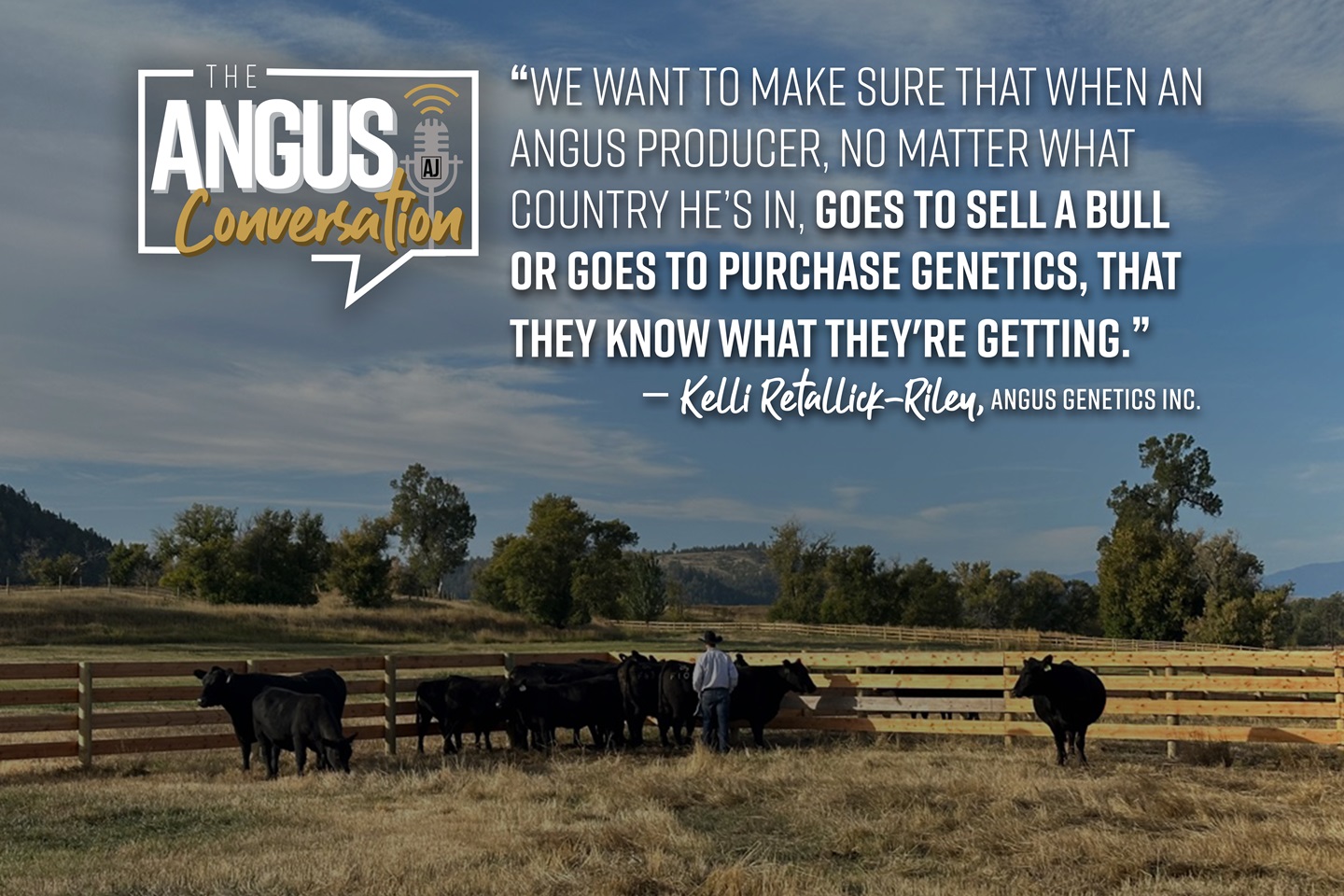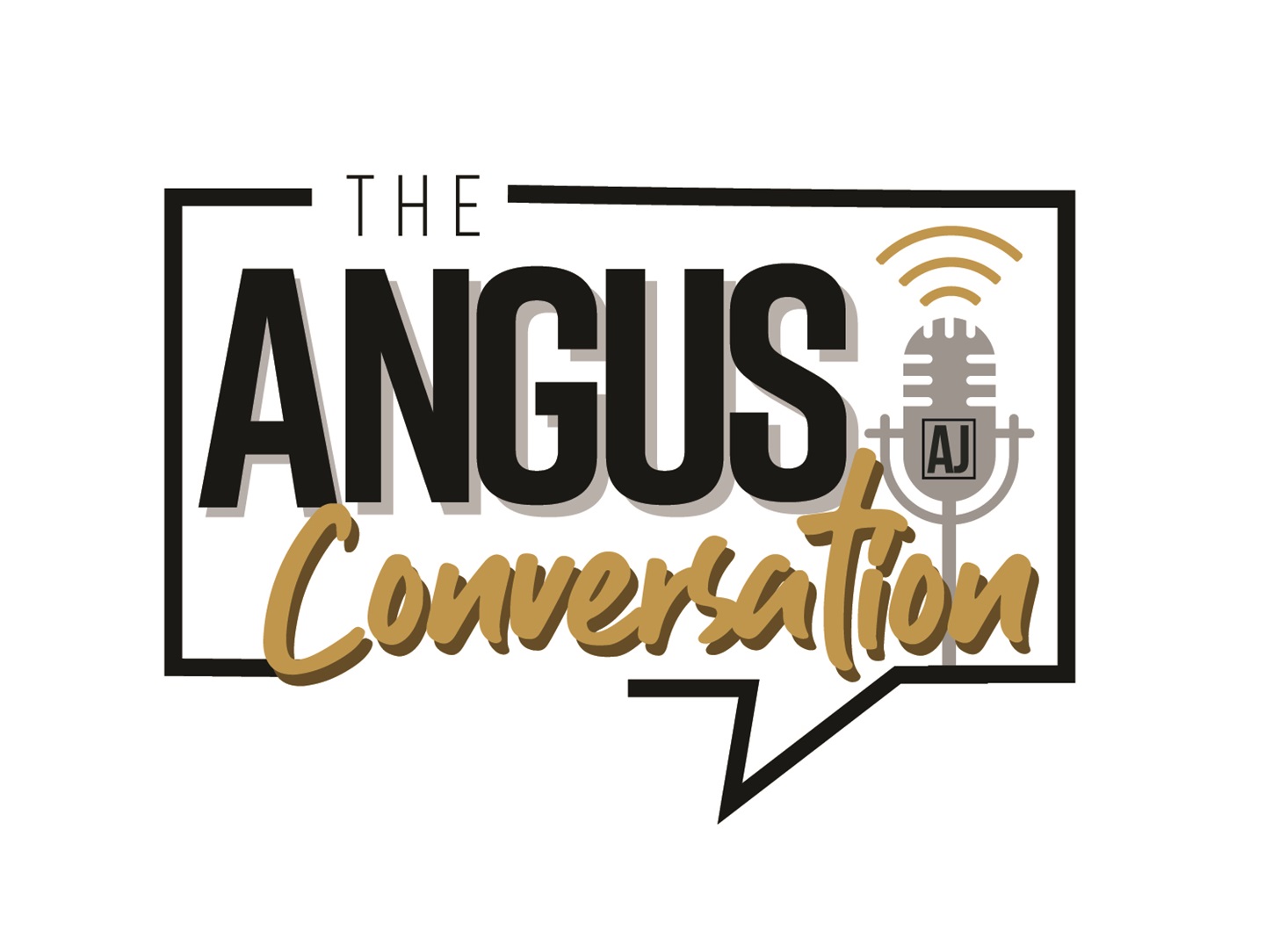Across Borders: World Angus Evaluation to Enhance Breeding, Commerce Among Partners
The Angus Conversation explores what the Oct. 13 release means for producers.
September 27, 2023

The Angus business is certainly not identical from country to country, but genetics are a common denominator that breeders have shared back and forth for decades. From those individual relationships came natural opportunities for their associations to work together.
In 2019, the American Angus Association partnered with the Canadian Angus Association and Angus Australia to offer a combined genetic evaluation for foot scores (angle and claw set), allowing the breeders in all three countries to benefit from increased accuracy and predictability that having more phenotypic and genotypic data allowed.
On Oct. 13, Angus Genetics Inc. (AGI) will launch the World Angus Evaluation, including 11 additional traits in the weekly data run. Myles Immerkar, Canadian Angus Association and Christian Duff, Angus Australia, recently joined Kelli Retallick-Riley, AGI president, on The Angus Conversation to cover the history of the working relationship and what the release means for breeders.
“It’s our three groups coming together to put Angus cattle around the world on the same base, on the same genetic evaluation,” Retallick-Riley says, citing more seamless international commerce as an additional benefit. “Much like the EPDs (expected progeny differences) are directly comparable north and south of the border, we’ve been working towards individual EPDs that now can also be comparable in Canada, the U.S. and Australia.”
There are variations in geography between the hemispheres, but that’s not unlike the diversity within a country’s borders, Immerkar says.
“We got 5,000 kilometers from our west coast or east coast, and we have probably just as many challenges that you’ll have between us and Australia in terms of just our east to west,” he notes. “We just don't have one type of cattle in Canada that works here. We have a very diverse country on that side of it, no differently than Canada to Australia.”
The No. 1 question that any data update typically sparks is, “How will my cattle’s numbers change?”
Correlations are high across the board — .97 or above — Retallick-Riley says, but there will still be some reranking of animals.
“When you’re evaluating 12 million animals and predicting 12 million EPDs, even though it’s only 3%, there are still going to be some changes that are going to take place,” she notes. “And the biggest changes that we'll see in the Canadian Angus Association and the American Angus Association are going to be those individual animals that bring in phenotypes from Angus Australia.”
Even though there are some differences in data submission or timing among the three associations, there’s no need for producers to change their process.
“We won't be telling our members to change their data recording protocols,” Duff says. “We've adjusted how we supply the data and the models used to account for that. So that … won't have any impact on our members on the way they record.”
The American Angus Association will host a webinar on this topic on Tuesday, Oct. 10, at 7 p.m. Central. Visit Angus.org for full details.
Listen to “World Angus Evaluation Combines Growth, Carcass, Foot Measures — What That Means to Breeders” by searching for The Angus Conversation anywhere you get your podcasts.

Topics: Genetics , Association News , Industry News , EPDs
Publication: Angus Journal


